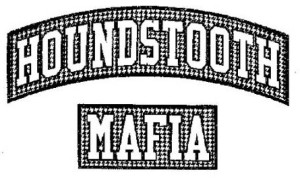Last week I posted about the recent Georgia Court of Appeals case revolving around a fan being injured by a foul ball. This led me to do some investigation of some similar claims.
In 2003 the Georgia Court of Appeals held that neither the Braves nor Andruw Jones were responsible for a ball thrown by Jones into the outfield stands between innings.
In reaching their decision, the Court cited a case from 1949 which stated “[O]ne who buys a ticket for the purpose of witnessing a baseball game and who chooses or accepts a seat in a portion of the grandstand which his own observation will readily inform him is unprotected, voluntarily assumes the risks inherent in such a position, since he must be presumed to know that there is a likelihood of wild balls being thrown and landing in the grandstand or other unprotected areas.” Dalton v. Jones, 260 Ga. App. 791, 792 (2003) (citing Hunt v. Thomasville Baseball Co., 80 Ga.App. 572, 56 S.E.2d 828 (1949)).
In other words, the plaintiff assumed the risk that a ball may be thrown into the stands and cannot recover for an injury sustained by such a throw. Will the Court differentiate a thrown ball from a batted ball? Or differentiate between the location of the seats?
As I head out to the ballpark tonight, I hope nobody in attendance has to confront these questions!
